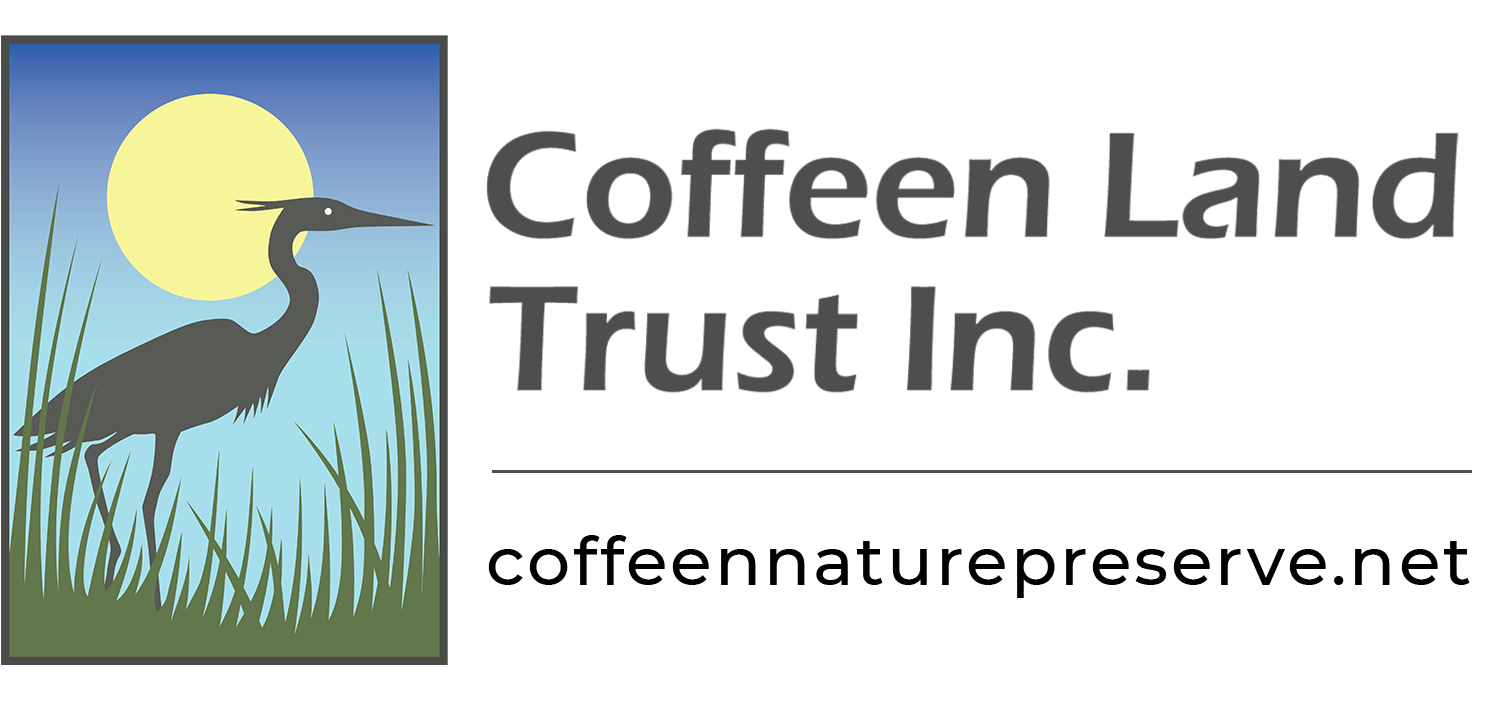While driving through the Preserve, one will occasionally see some turtles. Turtles are divided into those which are aquatic and those which are terrestrial, such as the box turtle and the Florida gopher tortoise.
There are several species of box turtle (eastern, ornate, and Florida). It has the unique feature of being able to fully shut itself up within the shell (carapace and plastron), which affords a great deal of protection from predators; however, it is at risk in wild fires/prescribed fires. This is a good segue to discuss the Florida tortoise (Gopherus polyphemus).
Gopher tortoises dig burrows for their homes in sandy soil. Many animals (bob whites, rabbits, and opossums) depend on these burrows. Their burrow is shared with over 300 species. Some species like the gopher frog live in the burrow full time. Other species, like the eastern indigo snake visit on occasion to find food; still others that cannot fly or run will seek the burrows during times of wild fires, which is why the gopher tortoise is a keystone species. As an herbivore, its diet is wiregrass, which is dependent on wildfire for growth. Other food includes black berries, gopher apples, and cactus. Predators include coyotes and fire ants. The burrows are oval, like the shape of the shell, because it must be able to turn around in the burrow; whereas, the burrow of an armadillo, skunk or fox is round.
Burrows can be up to 30 feet long and 15 feet deep. The big mound of dirt outside the burrow is called the apron. The female lays her eggs in the burrow. The incubation period is 45 days. Head bobbing by the male denotes sexual interest (in case you are interested). The Gopher tortoise and their burrows are protected in Florida. Habitat destruction and lack of fire continue to threaten their survival. The Coffeen Nature Preserve provides a safe habitat for this reptile.
So remember when you drive out the gate, it is the Coffeen Nature Preserve that helps separate you and the turtles from the madness along Highway 98.
